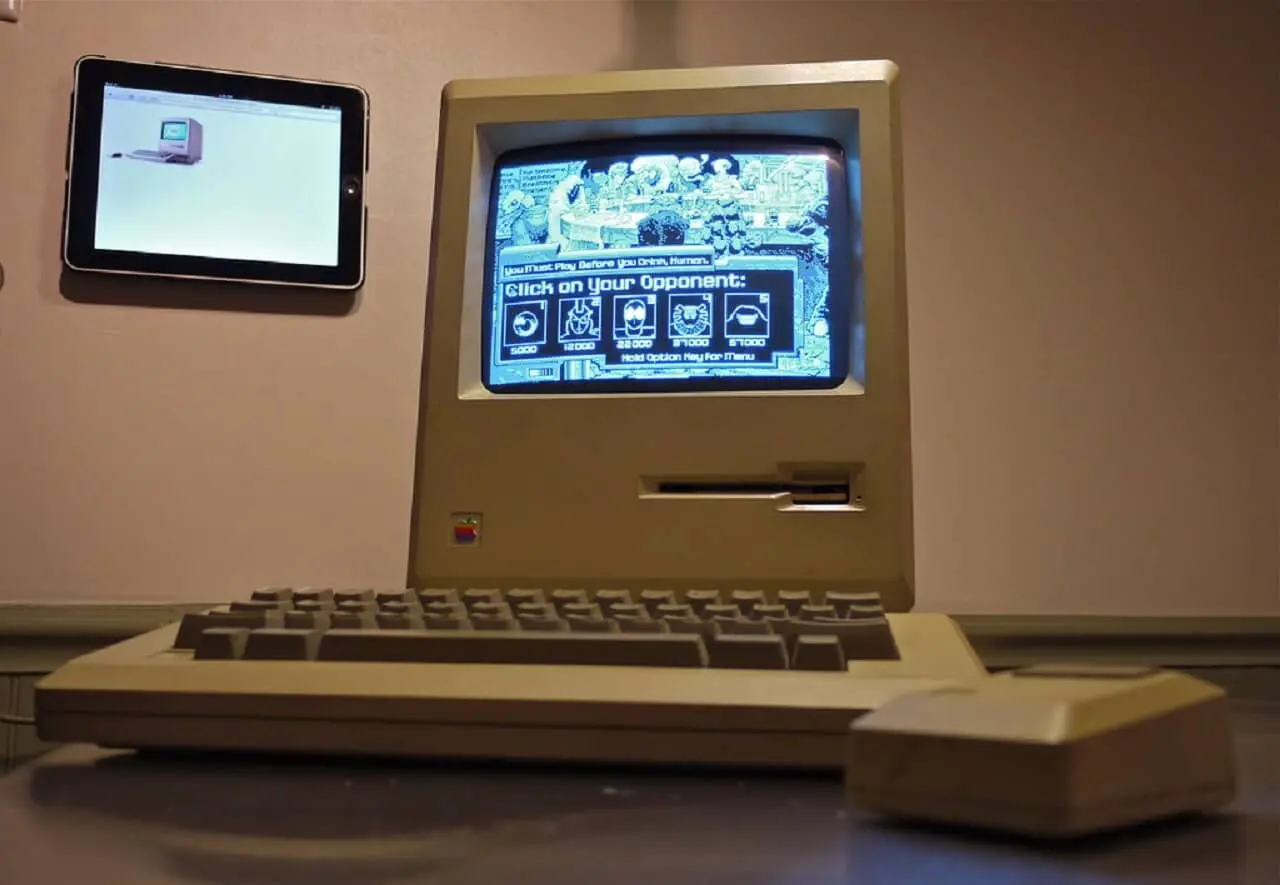Technology
40 Years of Macintosh: The Computer That Changed Our World

The Dawn of a New Era
As we commemorate the 40th anniversary of the Apple Macintosh, we’re reminded of the profound impact it has had on our interaction with technology. Introduced in 1984, the Macintosh was more than just a computer; it was a revolution in human-centric design, making technology accessible to the masses with its graphical user interface (GUI). This wasn’t just a technological leap; it was a redefinition of our relationship with machines.
Steve Jobs’ Iconic Unveiling
On January 24, 1984, Steve Jobs presented the first Macintosh in a presentation that has since become legendary. With a 9-inch black and white display and a 3.5-inch floppy drive, the Macintosh was a marvel of its time. Jobs’ vision was to create a computer that was not only powerful but also simple to use and portable. Priced at $2,495 at launch, it was a statement of innovation and style.
A Design Ahead of Its Time
The Macintosh stood out with its all-in-one design, integrating the monitor and CPU into a compact, boxy frame that was as much a work of art as it was a piece of technology. It represented a unified approach to computing, where technology was meant to blend seamlessly into our lives. The friendly beige casing and rounded edges of the Macintosh made it approachable, embodying Steve Jobs’ belief that good design is at the core of a great user experience.
Introducing Personal Computing
One of the Macintosh’s defining features was its handle, symbolizing portability and personal ownership. It shifted the perception of computers from corporate entities to personal tools for creativity. The 9-inch screen may seem modest by today’s standards, but at the time, it was a window into the innovative soul of the Macintosh, showcasing its unique capabilities.
The Mouse: A Game-Changer in Interaction
With the introduction of the mouse, Apple changed how we interact with computers forever. The simple, one-button design turned physical gestures into digital actions, inviting even the most tech-averse users to explore this new digital frontier. The mouse, along with the GUI, made the Macintosh’s advanced features accessible to a wider audience, fostering an inclusive digital culture.

The Lasting Legacy of the Macintosh Mouse
While the mouse has evolved over the years, the essence of its design—to make technology adapt to human needs—remains unchanged. The Macintosh and its mouse set a precedent for user interfaces, transforming technology into a personal, intuitive, and integral part of our lives. It was a step towards a future where technology is an extension of ourselves, enhancing creativity and productivity.
Steve Jobs’ Vision of Technology and the Humanities
Reflecting on the legacy of the Macintosh, we see the realization of Steve Jobs’ vision where technology is not just about the technical aspects but also about how it integrates with the liberal arts and humanities to create something that resonates with our hearts. Forty years on, the Macintosh’s influence is still felt, inspiring us to look for the harmony between technology and human creativity.

Hello! I’m Roger Jenkins, your go-to source at ReportingTheNews.com. I’m a USC graduate who combines journalistic precision with a Trojan’s passion. Based in sunny Los Angeles, my days are filled with more than just sunshine; they’re about capturing stories that resonate.
Beyond the newsroom, I’m an avid triathlete. Swimming, cycling, and running are more than just sports to me; they embody my commitment to discipline, focus, and a healthy dose of competition.
My love for travel takes me far and wide. Guadalajara, with its vibrant culture and unforgettable tacos, has a special place in my heart. I’m always searching for the next great story or a hidden culinary treasure.
At home, Nala, my energetic pet, is my constant companion. Together, we’re known in our neighborhood for our morning runs and evening strolls.
I’m driven by a belief in the power of storytelling to unite communities. Join me as we explore impactful narratives and stay updated with the latest news. You’ll also get a peek into my sports passions and travel escapades.
Want to get in touch? Follow me on Instagram for more insights and updates.













